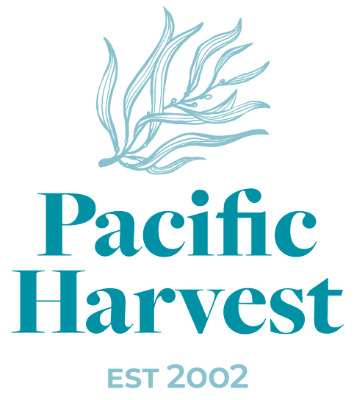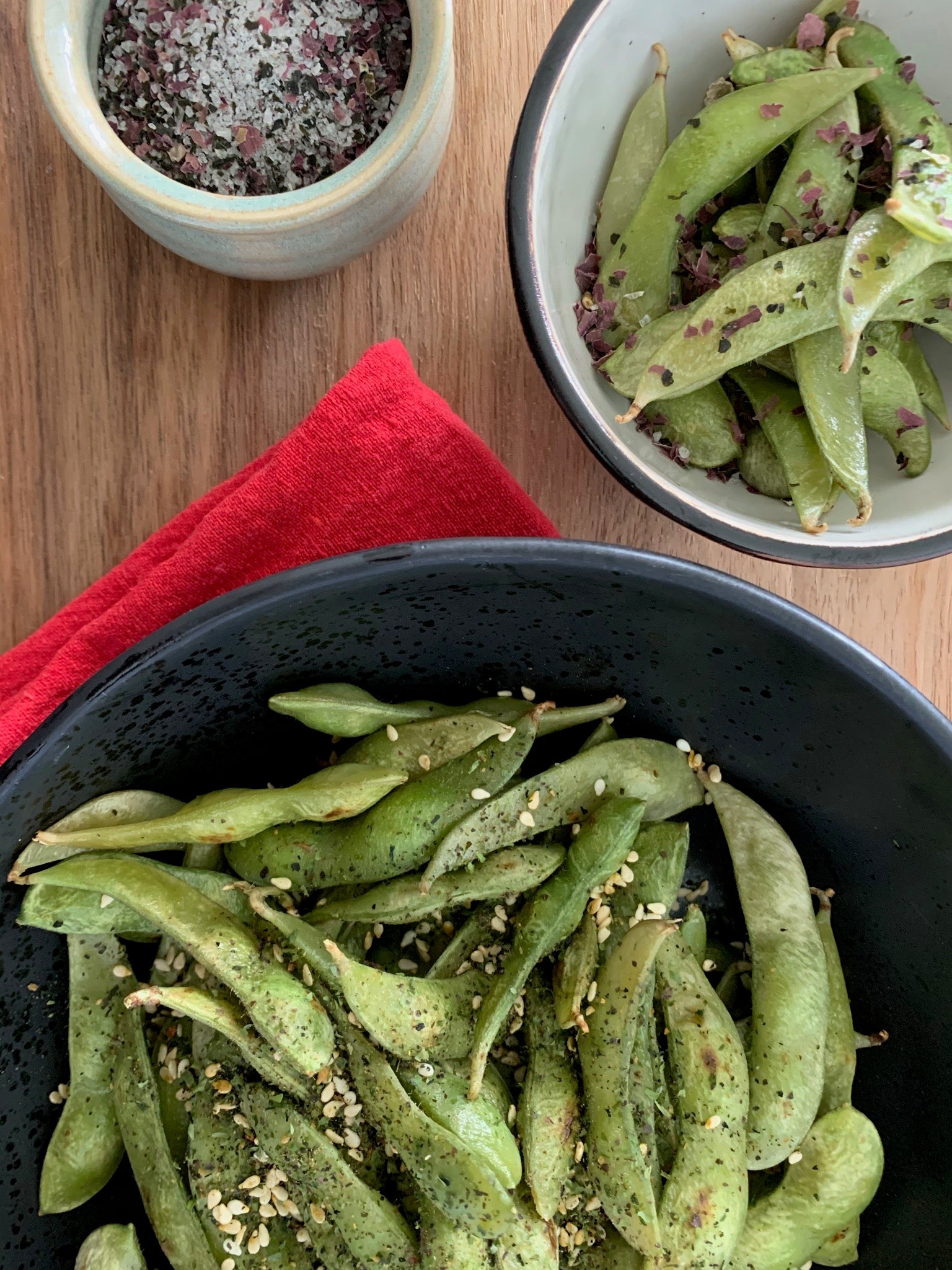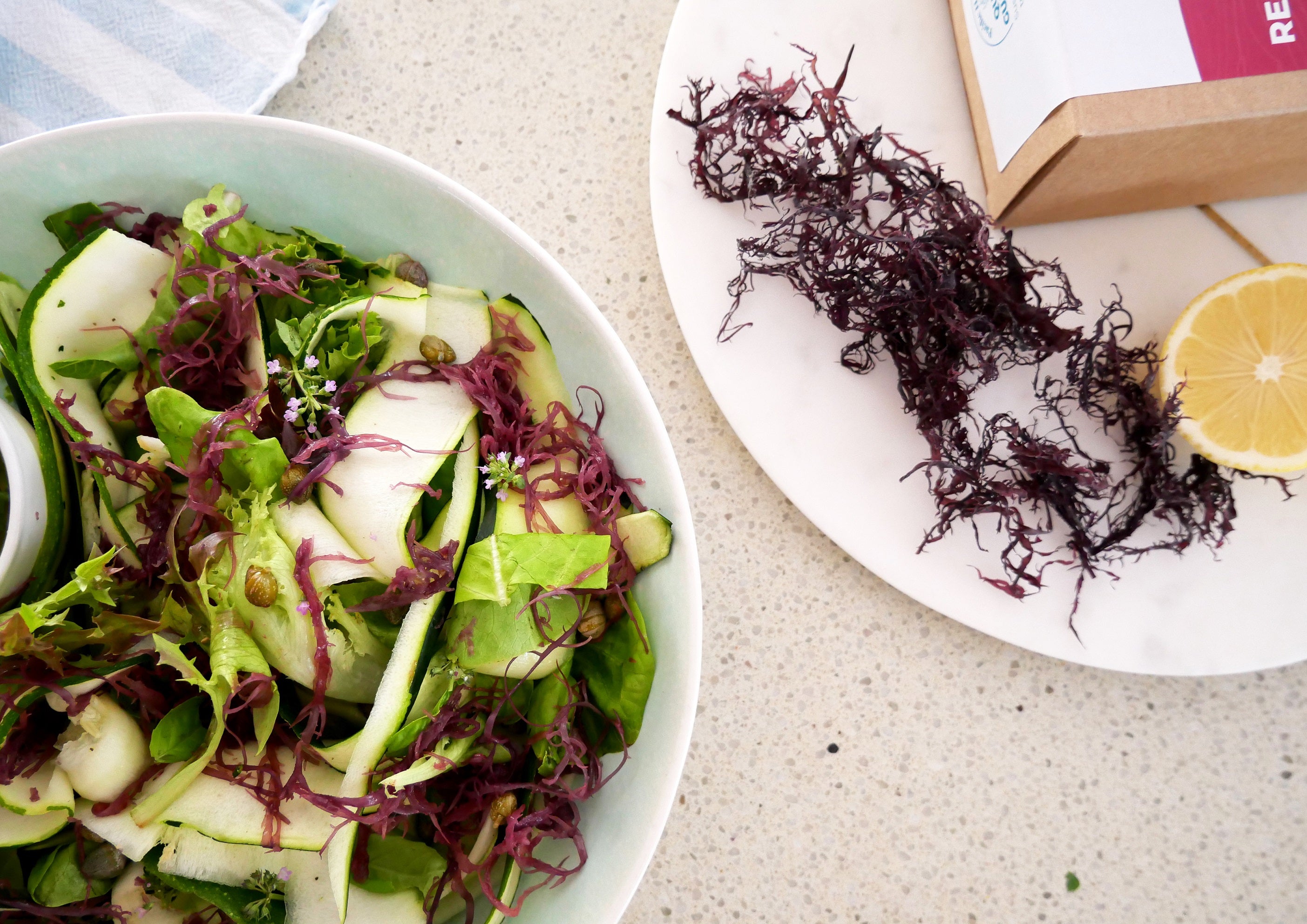Nori is more than just the seaweed used in sushi, it’s a nutrient-dense, versatile superfood that can be a valuable part of your everyday meals. In this guide, we’ll explore what Nori is, how it’s harvested and farmed, its powerful health benefits, and how to easily incorporate it into your cooking.
What Is Nori?
Nori is the Japanese name for a group of edible red seaweeds scientifically classified as Porphyra. With over 100 species, Nori is known for its delicate texture, subtle umami flavour, and exceptional nutritional profile.
Around the world, this seaweed goes by many names:
- Karengo (New Zealand Māori)
- Laver (Welsh)
- Kim (Korean)
- Zicai (Chinese)
Karengo: New Zealand’s Local Nori
In Aotearoa New Zealand, native species of Porphyra are commonly called karengo. These seaweeds grow naturally along our coastlines and thrive in the intertidal zones, exposed to sun and sea at different times of the day.
- Around 35 species of karengo have been identified in NZ
- Blades can range in colour from pink and purple to gold and green
- Each plant is just one cell thick, making it unique among seaweeds
Dried karengo appears brownish-purple, soft in texture, and rich in umami flavours that vary depending on moisture content and preparation.
Can I Buy Karengo in New Zealand?
Karengo is considered a taonga species (a treasure) by Māori, and wild harvesting is permitted only for personal use. Due to the impact of the 2016 Kaikōura earthquake, commercial harvesting is currently paused.
However, at Pacific Harvest, we offer sustainably farmed nori flakes from Europe that closely resemble wild karengo—ethically sourced and tested to meet New Zealand food safety standards. Our flakes are:
- 100% pure seaweed
- Raw and unprocessed
- Nutrient-dense and easy to use
How Is Nori Farmed?
Across Asia, nori is widely farmed on seaweed aquaculture farms. Here’s how the process works:
- Lab Cultivation – Spores are grown in controlled tanks.
- Ocean Farming – Spores are seeded onto nets suspended in clean ocean waters.
- Growth & Harvesting – After 40–50 days, nori is harvested every 10–15 days for up to 5 months.
- Processing – Nori is washed, ground into a slurry, then dried into thin sheets (much like paper). It is then roasted and graded for quality.
Watch out for processed nori snacks — Many commercial seaweed snacks are heavily glazed and contain added fats (sometimes over 50% fat content!), reducing their health value.
Nori's Impressive Nutritional Benefits
Nori and other red seaweeds like karengo are true nutritional powerhouses:
- Up to 30% plant-based protein
- Rich in iodine, iron, calcium, magnesium, and potassium
- Packed with vitamins A, B1, B2, C, D, E
- A source of omega-3 fatty acids and taurine
- Offers natural anti-inflammatory, antiviral, antiparasitic, and antibiotic properties
- Fat-free, high in fibre
How to Use Nori in Everyday Cooking
Nori is one of the most versatile seaweeds for cooking. At Pacific Harvest, we offer nori flakes for ease and convenience. Here are some ideas to get started:
Flavour Profile Changes With Use!
- Dry: Earthy, mushroom-like
- Moist: Umami-rich, anchovy-like
- Baked: Nutty and savoury
Easy Ways to Use Nori Flakes
- Sprinkle on eggs, rice bowls, seafood, and roasted vegetables
- Add to sauces, soups, and pesto for extra depth
- Toss with nuts and seeds for a crunchy seaweed snack
- Stir into dressings, dips, or smoothies for added nutrients
- Use as a vegetarian substitute for anchovies in Mediterranean dishes
Make Nori a Part of Your Wellness Routine
Whether you’re looking to boost your iodine intake naturally or just want to explore plant-based, ocean-friendly nutrition, Nori seaweed is an easy and delicious place to start. Choose raw, unprocessed flakes for the best quality—and start experimenting today!
Disclaimer: This material is provided for educational purposes only and is not intended as a substitute for professional medical advice, diagnosis, or treatment. This information may not include the very latest research. We encourage you to do your own research and discuss your findings with a qualified health practitioner who can help you validate the outcomes in the context of your specific & individual health situation.




